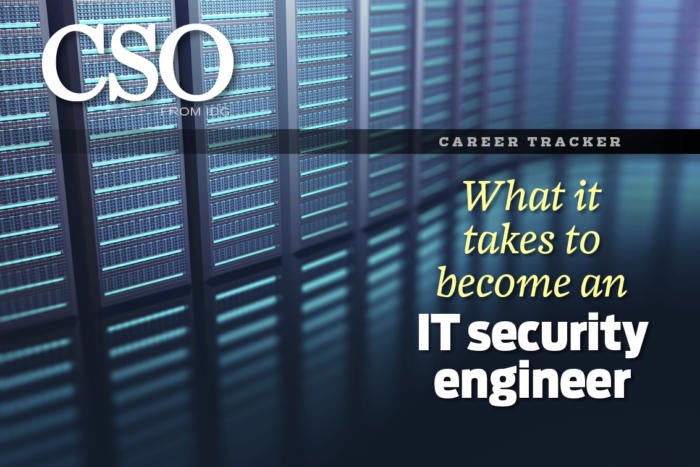How seven mesh routers deal with Wi-Fi protected setups

Credit to Author: Michael Horowitz| Date: Fri, 28 Apr 2017 11:20:00 -0700
The recent wave of new mesh router systems has brought with it changes besides the obvious increase in Wi-Fi range. For example, these mesh routers are more likely to insist on WPA2-AES encryption, as many have dropped support for the less secure WEP and WPA options. Not all of them, but many.
Here I take a look at another insecure router technology, WPS (Wi-Fi protected setup) and how these new mesh routers deal with it.
WPS is an alternate way of gaining access to a Wi-Fi network that does away with having to know the SSID (network name) and password. Much of what you read about WPS is incomplete, as it supports at least four different modes of operation.
To read this article in full or to leave a comment, please click here




